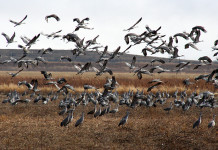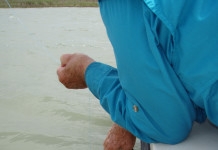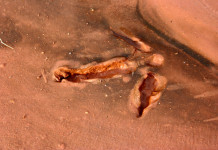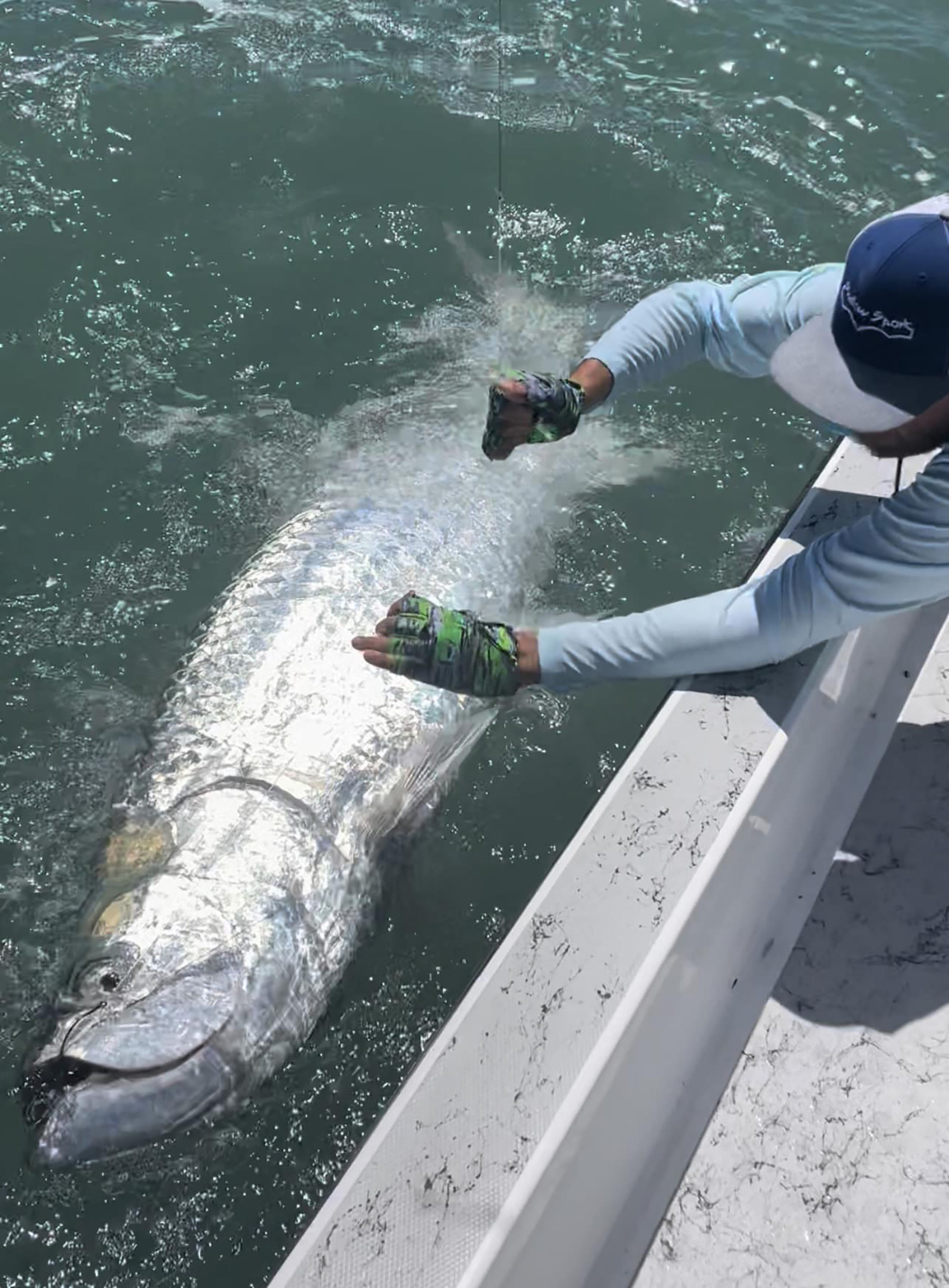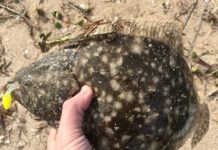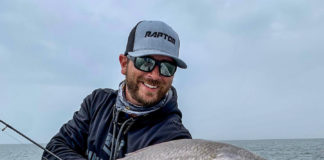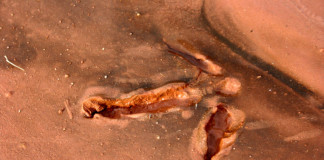Texas state parks remain the crown jewel of our interconnected framework of public lands, but in recent years, dwindling funding and lack of support from legislators put the overall park system in jeopardy.
However, thanks to legislator efforts in the most recent session of the Legislature, things are looking up for the Texas Parks & Wildlife Department and our public areas that had been offered up in many circles on the chopping block.
House Bill 158, which was signed into law in September, dedicated 94 percent of state sales tax revenue attributed to sporting goods to the advisory agency for state park facilities and operations, plus funds to help cities and counties across the state build and improve community parks.
In the 2016-17 biennium, the funds will be used for state park capital repairs and improvements, addressing a backlog of deteriorating facilities through water and wastewater projects, visitor center upgrades, restroom replacements, electric utility modernization and other improvements, according to TPWD officials.
“We were able to lay out a case where state leaders could fully understand the scale and gravity of what we are confronting and agree on the value of investing in parks,” said Carter Smith, TPWD executive director, in a news release. “The legislative support for addressing the needs of local and state parks was simply overwhelming.”
For the current biennium, lawmakers allocated the full 94 percent of sporting goods sales tax revenue to TPWD, totaling $261.1 million for state park operations and capital repairs, local park grants and bond debt service. All told for this biennium, lawmakers allocated $90.6 million for state park capital repairs, far surpassing capital funding from previous sessions, including $11 million in 2014 and $23 million in 2012. As a result, the agency now has more than 80 capital repair projects to improve state parks during the next five years, using a combination of new appropriations and funding from previous sessions, according to the release.
Several state park headquarters and visitor centers will be replaced, including at Mission Tejas and Tyler state parks. Nineteen restrooms will be replaced at state parks such as Pedernales Falls, Guadalupe River, Government Canyon, Ray Roberts Lake, Mustang Island, and Inks Lake. Modern utility upgrades, like water, wastewater and electrical system renovations, will take place at Big Bend Ranch, Brazos Bend, Copper Breaks, Fairfield Lake, Garner, Hill Country, Lake Brownwood, Lake Somerville, Lost Maples, Martin Creek, Palo Duro Canyon, Possum Kingdom and Stephen F. Austin.
Many state park facilities are historic, including dozens originally built in the 1930s by the Civilian Conservation Corps, and the new funding will address many needs at historic buildings and sites. Renovations are slated for the Balmorhea State Park historic motor court and the Huntsville CCC boathouse and lodge terrace walls. Other improvements include new roofs at Fort Leaton, renovation of the Kreische House and brewery structures, repair of the exterior plaster at Indian Lodge, planning and design for renovation of the Abilene CCC swimming pool and bathhouse, repairs to the Port Isabel Lighthouse and repair of the CCC rock tabernacle at Mother Neff.
Legislators specifically allocated about $2.7 million for the design and engineering phase of a new park, Palo Pinto Mountains State Park, near the Dallas-Fort Worth Metroplex. Lawmakers also provided $500,000 for new cabins and other improvements at Fort Boggy State Park, located off I-45 between Dallas and Houston. And, $3.5 million is slated for a new visitor center at Franklin Mountains State Park near El Paso.
Boat ramp repairs to improve water recreation access will take place at Choke Canyon, Inks Lake, Ray Roberts Lake and Fort Parker. The group barracks will be renovated at Bastrop State Park. The dam at Huntsville State Park will be fortified and repaired, and five park staff residences that support onsite visitor safety and emergency response will be replaced or repaired.
Two of the highest profile projects of the biennium are the redevelopment of Galveston Island and further repairs to the Battleship TEXAS. At Galveston Island, a more than $15 million plan will redevelop the beach side of the park destroyed by Hurricane Ike in 2008. With funding from various sources (depending in part on future legislative appropriations), the transformational plan includes restrooms, boardwalks to the beach, tent camping platforms, multi-use campsites with electric and water service, group shelters and day use picnic shelters. A beach side visitor check-in station is also included, plus new roadways and parking areas.
Battleship TEXAS will benefit from $25 million in legislative allocations to repair and replace structural components of the ship, following an earlier phase of similar work completed in January 2015.
Many facility improvements will support park visitor experiences and programs. For example, new campgrounds at Sheldon Lake State Park in Houston that will be used by the Texas Outdoor Family program to help urban families learn outdoor skills like setting up a campsite, cooking on an open fire and various outdoor recreational activities. Besides improved facilities, in the future new and expanded educational and interpretive experiences will be possible with the increased funding.




